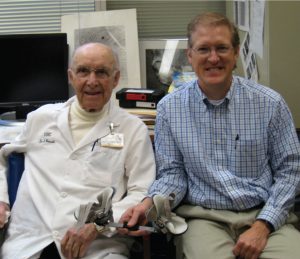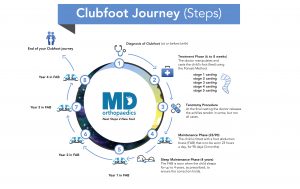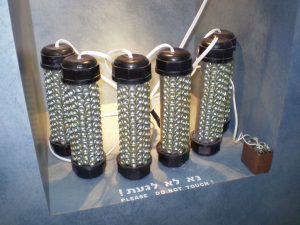In a complex and increasingly unsure world, stories of genuine human compassion and innovation for the common good are balm for the soul. We hear too many stories of self-absorbed types who take but give nothing in return. A narcissistic world was even foretold by the Apostle Paul.
And yet…
If living life teaches us nothing else, it is that everything cycles and good ultimately triumphs over evil. That includes the ravages of a world in which physical ailments harass people regardless of ethnic, geographical, and class factors. I recently have come across a story that inspires like no other I’ve heard. It is a story that helps us press-on with hope.
This story is particularly glorious, because it involves helping children who have done nothing to deserve the physical setbacks they have been beset with.
The birth of a child is a sublime moment for any family. A premium is put on the health of the child and so the mother makes every effort to ensure that outcome.
Unfortunately, clubfoot occurs in one-to-two of every thousand children. Fortunately, Ignacio Ponseti would not rest until he had developed an innovative, non-surgical method for correcting clubfoot. Ponseti, who died at 95, utilized a device that, given time and proper procedure, came to achieve a 95-percent success rate. The device itself was created by John Mitchell, and launched in 2003 by MD Orthopaedics.

It is an astonishing fact that clubfoot—the turning of feet inward—affects over 100,000 children annually. The condition can alter a person’s future in myriad ways.
Enter MD Orthopaedics, John Mitchell, and Ignacio Ponseti. In 2003, MD Orthopaedics “married” Ponseti’s famed non-surgical procedure with Mitchell’s life-changing device.

In short, the Ponseti Method (or Technique) begins soon after birth, when it’s easier to manipulate the feet. Ponseti’s series of four-to-five casts provide a step-by-step timeline for correcting clubfoot. It is at this point that Mitchell’s AFO (ankle/foot orthosis) brace is attached to the patient’s foot; over a period of four years, the casts and AFO braces maintain the manipulation process, also ensuring the initial condition does not return.
The overall procedure and the devices developed by Ponseti (originally a Spaniard who fled the Spanish Civil War) and Mitchell (an Iowa-based designer) have revolutionized orthopedics, and more importantly, drastically improved the lives of tens of thousands of people.
For more than a dozen years now, the Ponseti Method at the University of Iowa has partnered with MD Orthopaedics.
When Ignacio Ponseti passed away in 2009, he died knowing that his procedure for correcting clubfoot rested in good hands.
Dr. Robert Cady is a leading member of this wonderful community that has brought remarkable relief to many.
“The Ponseti Revolution began to occur about 20 years ago, and the standard of care for clubfeet, in probably from 1970 to about 1990 was in most places a surgical treatment,” he recalls. “The thing that really ended the surgical treatment was that the kids that had surgery…their feet really looked pretty good. The parents loved them, and they looked good and functioned very well…when they were little kids.
“But as they got older, and became adolescents and teenagers, that scar tissue from the surgery would begin to restrict their motion, and their feet would become stiff. And when they tried to participate, in high-level activities like sports, their feet would start to hurt. They’d get up in the morning and they were stiff and they’d limp a little bit. So around that time, people were beginning to become less excited about surgery. With Dr. Ponseti’s technique, they were beginning to publish their long-term results. The Ponseti Technique is now the standard around the world.”
When asked why John Mitchell’s “Ponseti Brace” is the best AFO on the market, Cady said:
“Well, I think for me the two big things are comfort, because instead of a shoe it’s a soft silicone with felt, and the child is much more comfortable. But then the other thing is the fact that the AFO is detachable. You have the same advantage that the Horton click-bar had, it’s just that if the child wakes up and he’s uncomfortable, Mo or Dad can come in and un-click the AFO, leave it on, the child goes back to sleep and they can come back and just click it back on. It’s really simple.”
This innovation, produced by MD Orthopaedics, in conjunction with the Ponseti Method, is as wonderful a solution as other techniques that profoundly improve children’s lives around the world, including the treatment of cleft palate and other maladies. To date, an astonishing 231,991 children have been served by these clubfoot breakthroughs.
We salute the folks at MD Orthopaedics, for their commitment to the simple human choice of bringing relief to the best and most innocent among us: our children.

